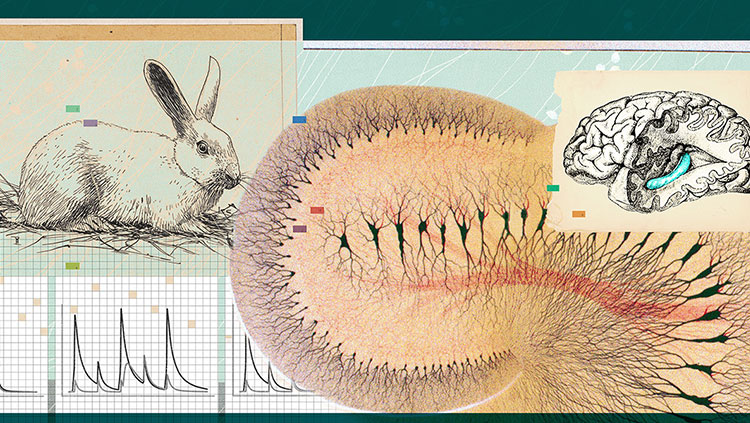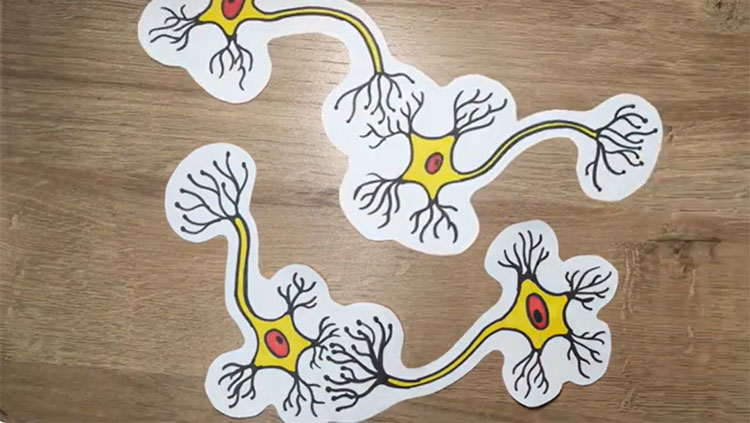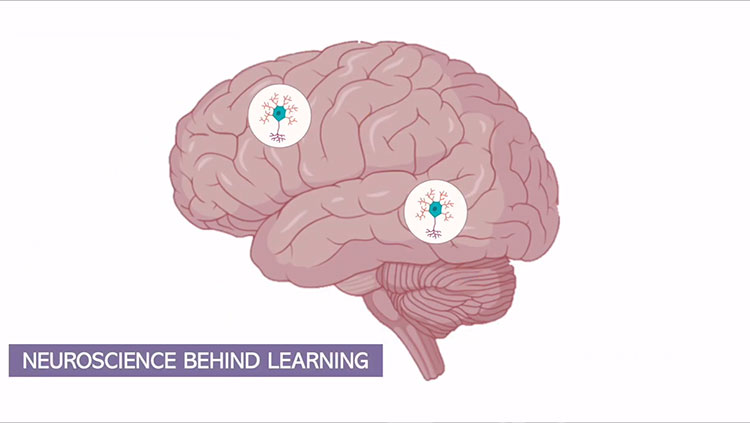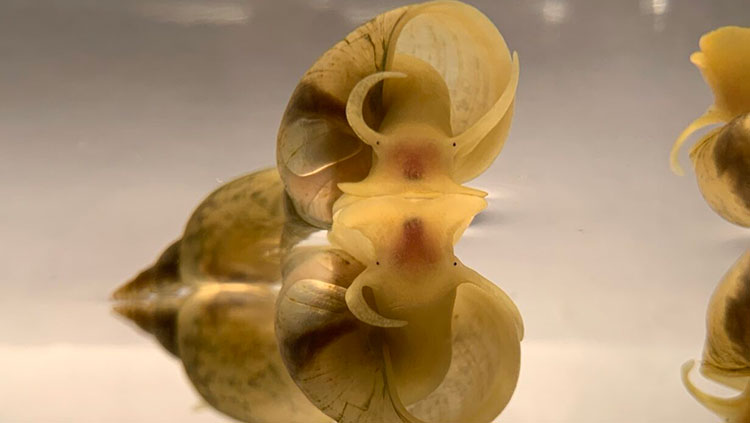Storing Memories
- Published1 Apr 2012
- Reviewed1 Apr 2012
- Source BrainFacts/SfN
How exactly are memories stored in brain cells? After years of study, much evidence supports the idea that memory involves a persistent change in synapses, the connections between neurons.
In animal studies, researchers found that such changes occur in the short term through biochemical events that affect the strength of the relevant synapses. Turning on certain genes may lead to modifications within neurons that change the strength and number of synapses, stabilizing new memories. Researchers studying the sea slug Aplysia californica, for example, can correlate specific chemical and structural changes in relevant cells with several simple forms of memory in the animal.
Another important model for the study of memory is the phenomenon of long-term potentiation (LTP), a long-lasting increase in the strength of a synaptic response following stimulation. LTP occurs prominently in the hippocampus, as well as in the cerebral cortex and other brain areas involved in various forms of memory. LTP takes place as a result of changes in the strength of synapses at contacts involving N-methyl-d-aspartate (NMDA) receptors.
Subsequently, a series of molecular reactions plays a vital role in stabilizing the changes in synaptic function that occur in LTP. These molecular events begin with the release of calcium ions into the synapse, activating the cyclic adenosine monophosphate (cAMP) molecule in the postsynaptic neuron. This molecule then activates several kinds of enzymes, some of which increase the number of synaptic receptors, making the synapse more sensitive to neurotransmitters. In addition, cAMP activates another molecule, called cAMP-response element binding protein (CREB). CREB operates within the nucleus of the neuron to activate a series of genes, many of which direct protein synthesis. Among the proteins produced are neurotrophins, which result in growth of the synapse and an increase in the neuron’s responsiveness to stimulation.
Many studies have shown that the molecular cascade leading to protein synthesis is not essential to initial learning or to maintaining short-term memory; however, this cascade is essential for long-term memory. In addition, studies using genetically modified mice have shown that alterations in specific genes for NMDA receptors or CREB can dramatically affect the capacity for LTP in particular brain areas. What’s more, the same studies have shown that these molecules are critical to memory.
The many kinds of studies of human and animal memory have led scientists to conclude that no single brain center stores memory. Instead, memory is most likely stored in distributed collections of cortical processing systems that are also involved in the perception, processing, and analysis of the material being learned. In short, each part of the brain most likely contributes differently to permanent memory storage.
CONTENT PROVIDED BY
BrainFacts/SfN
Also In Learning & Memory
Trending
Popular articles on BrainFacts.org
















